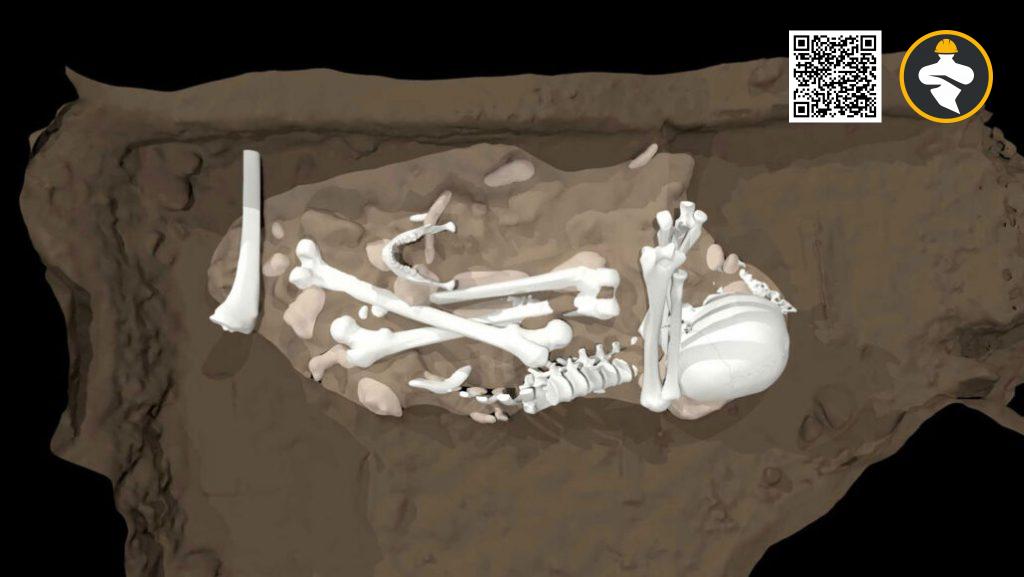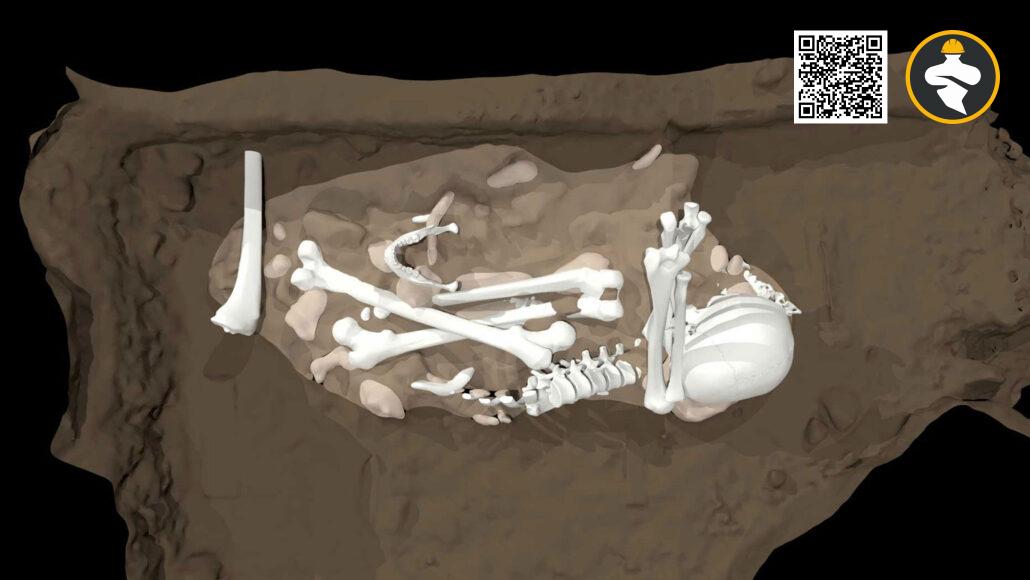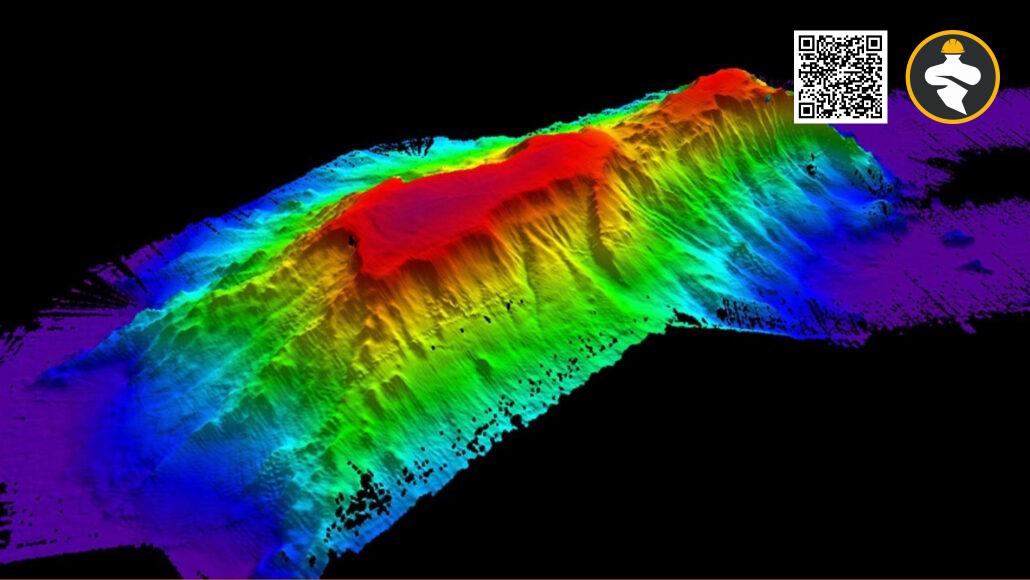The Homo naledi discovery has revealed exciting new information about our evolutionary history. These ancient human relatives lived around 236,000 to 335,000 years ago in South Africa. The most remarkable aspect of the discovery is that Homo naledi appears to have performed rituals, as evidenced by the cave graves and carved marks found in the Dinaledi Chamber of the Rising Star cave system. The findings were published in a recent issue of the scientific journal, eLife. A team of scientists led by Lee Berger, a paleoanthropologist at the University of the Witwatersrand in South Africa, excavated the cave system in 2013 and 2014. They recovered more than 2,000 fossil fragments and pieces of Homo naledi, including the partial skeletons of two adults and one child. What’s most striking about the discovery is that the bones were found in a difficult-to-reach chamber, suggesting that Homo naledi deliberately buried their dead. The cave system was about 100 feet underground, and the chamber was only accessible by squeezing through a narrow vertical chute.

The scientists believe that the bodies were intentionally placed in the chamber, rather than being washed in by water or dragged in by predators. The discovery has sparked debate among scientists about whether Homo naledi had the cognitive ability to perform such rituals. Some argue that the placement of the bodies in the chamber was more likely the result of their being trapped there accidentally. However, others point to the fact that the chamber contained no signs of predation or other disturbances, suggesting a deliberate burial. In addition to the burial evidence, the researchers also found markings on the bones that suggest that Homo naledi used tools to carve them. The markings were similar to those made by modern humans when preparing animal hides. This finding suggests that Homo naledi had sophisticated tool-making abilities, which were previously thought to be unique to humans. The discovery of Homo naledi is significant for a number of reasons. First, it provides further evidence of the complex social behaviours and cognitive abilities of our ancient human relatives. Second, it sheds light on the evolutionary history of our own species, and how we developed the cognitive abilities that set us apart from other primates. Finally, it underscores the importance of continued research into human evolution and the need to preserve our archaeological heritage. In conclusion, the Homo naledi discovery is an exciting development in the study of human evolution. The evidence of burial and tool use suggests that these ancient humans were much more complex than previously thought. As we continue to explore our evolutionary history, discoveries like this will help us better understand what makes us human.












